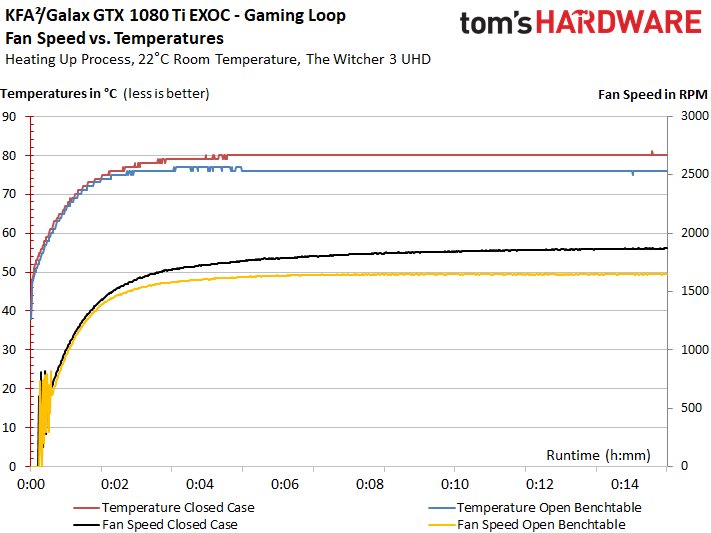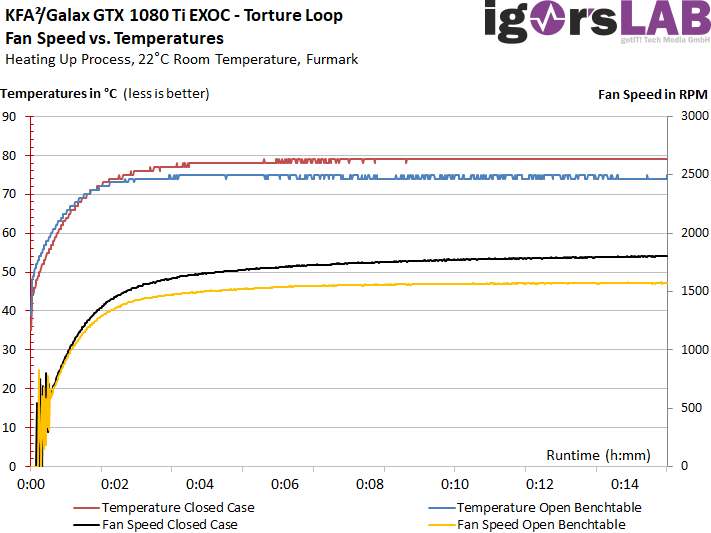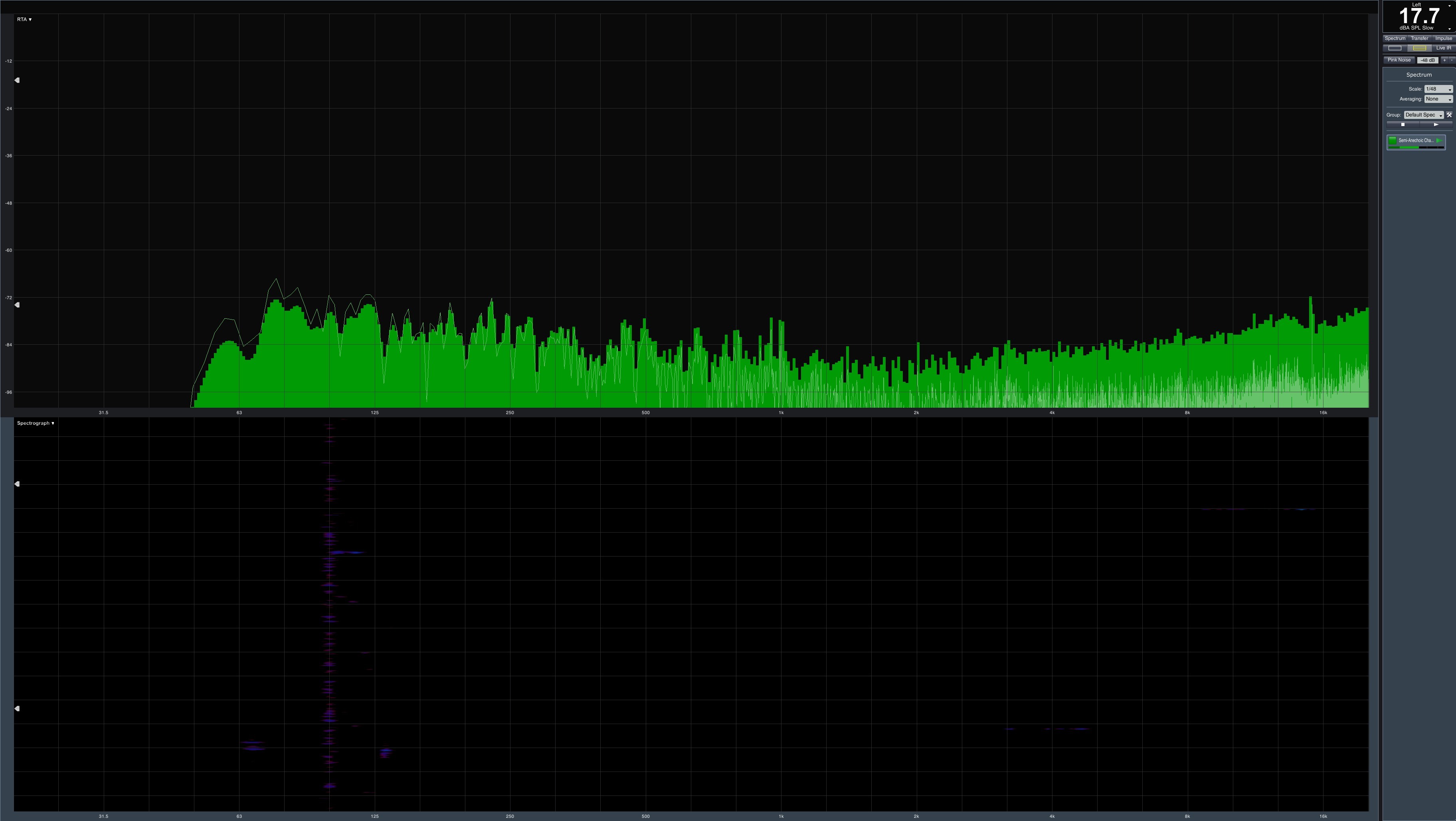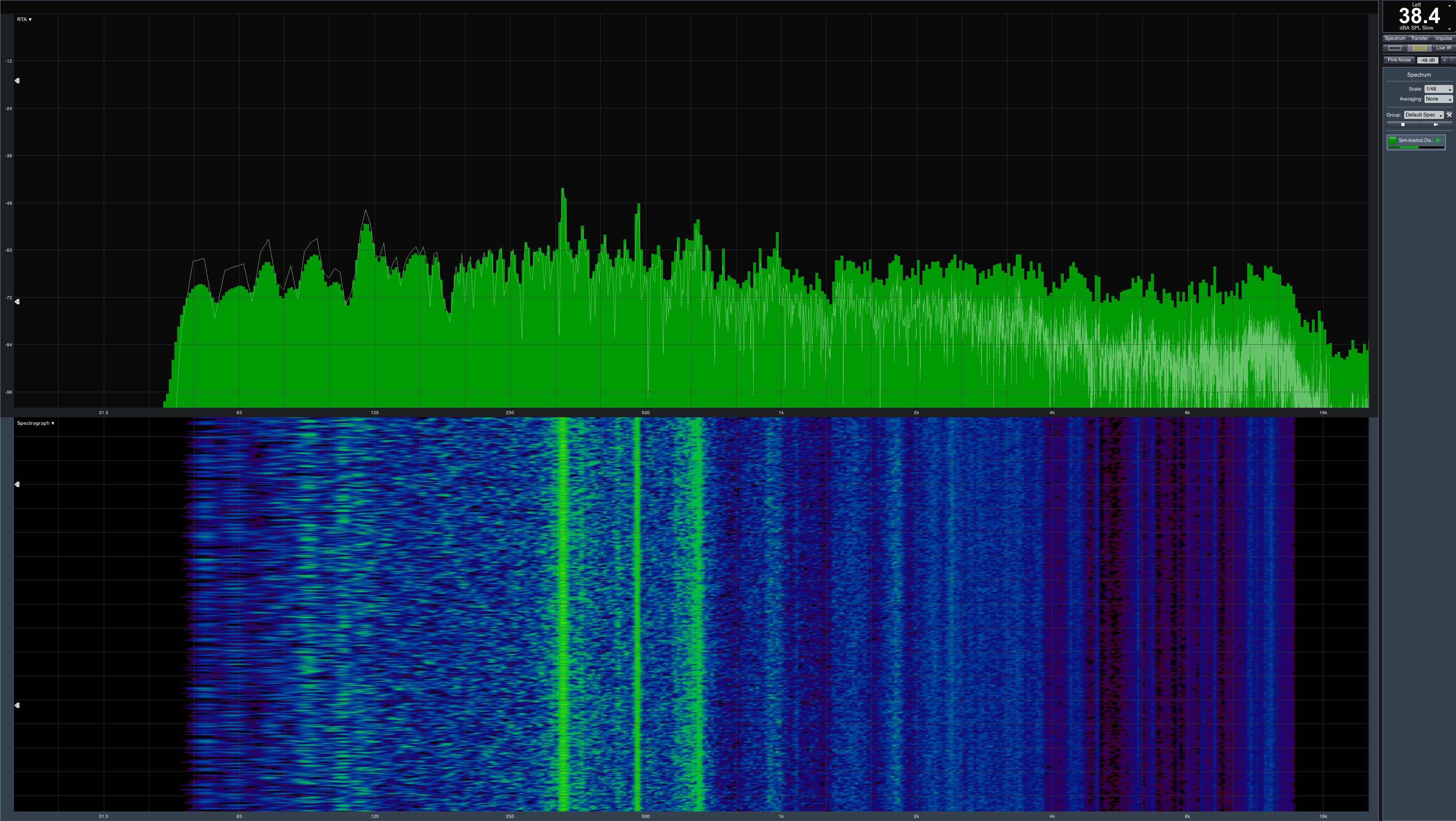

In contrast to the ex-factory very high overclocked EVGA GTX 1080 Ti FTW3 Gaming, KFA2 / Galax is a deliberate use of reason and mediocrity, so that two fans on this rather slim dual slot card should be enough. In general, the... The board is a good old acquaintance and comes directly from Nvidia. This in turn confirms that it is simply an unchanged reference design. This certainly has upfront and night parts, but saves costs first. We're going to be no... Cooling concept and implementation
The back of the board is conspicuously inconspicuous and shows the dark traces of the glued-on thermal pads between the backplate and the board. Which would have made us look elegant at the cooling.
Tue... Benchmarks in 2560 x 1440 pixels
We have deliberately dispensed with Full HD (1920 x 1080p) as the KFA2 / Galax GTX 1080 Ti EXOC runs into the CPU limit even in the highest settings. In WQHD (2560 x 1440 pixels), on the other hand, the actual work begins... Benchmarks in 3840 x 2160 pixels
The KFA2 / Galax GTX 1080 Ti EXOC is in this high resolution, depending on the game, between 2 and approx. 4 percent faster than a GeForce GTX 1080 Ti Founders Edition or TitanX (Pascal). Overall, many titles ... When it is up to the power supply, we first need to know that the card with the factory settings with the 250 watts of the reference card has been set a very restrained Power Target, but this could be manually raised to just under 300 watts,... In fact achievable clock rates
The actual achievable clock is subject to some influences. Even if GPU quality plays a bigger role here - unfortunately it cannot be influenced as the only element. And so it is in the end well möglic... Fan control and curves
The difference in gaming in open and closed construction is clearly visible, which should of course also be measurable and audible. The start-up impulses are somewhat uncoordinated and you miss a little clearer... Summary
There must be absolutely no shortcoming if a graphics card is not one of the fastest within its product category of factory overclocked cards with the same graphics chip. For the Founders Edition it still has...
Fan control and curves
The difference in gaming in open and closed construction is clearly visible, which should of course also be measurable and audible. The start-up impulses are somewhat uncoordinated and one misses a somewhat more clearly intrusive hysteresis.

In the Torture loop, the fan curves follow exactly what we described in the infrared images.

Noise emission ("volume")
The fact that we measure in a specially furnished chamber ("room-in-room") can also be found in the link on page one during the test setup. We were often asked about the minimum possible level in the room, so we do not want to withhold the control measurement.

Now let's bring some noise into the silence of the dead and measure what the card does acoustically during the gaming loop. In the open structure, we land at a flat two-fan card acceptable to just under 38.4 dB(A), which, however, already shows the limits of the flat design, because here in the end the airflow replaces the missing radiator surface. In the closed case, it would then be 40.9 dB(A) if the then attached fan speeds in the measuring room were fixed.

With the Torture loop, it is then in open construction 38.9 dB(A) and 40.5 dB(A) in the closed housing, which would also be considered good, since it is only slightly above the values of the gaming loop. The fact that the value for the open setup is then slightly higher than with the Gaming Loop is due to the slightly louder acting voltage converters, which did not stand out extremely acoustically in all four scenarios.
However, what catches a eye a little over the entire application bandwidth are the motor and storage noise of the fans. These are not extreme and dominantly audible peaks, but they are a little noticeable.
Intermediate conclusion
The card has an acceptable, flat cooler, which also manages to conceal the design-related disadvantages quite well, as long as you also maintain the moderate factory settings. The whole thing is not super-quiet, but still defensible due to the rather neutral sound characteristics.




































Kommentieren